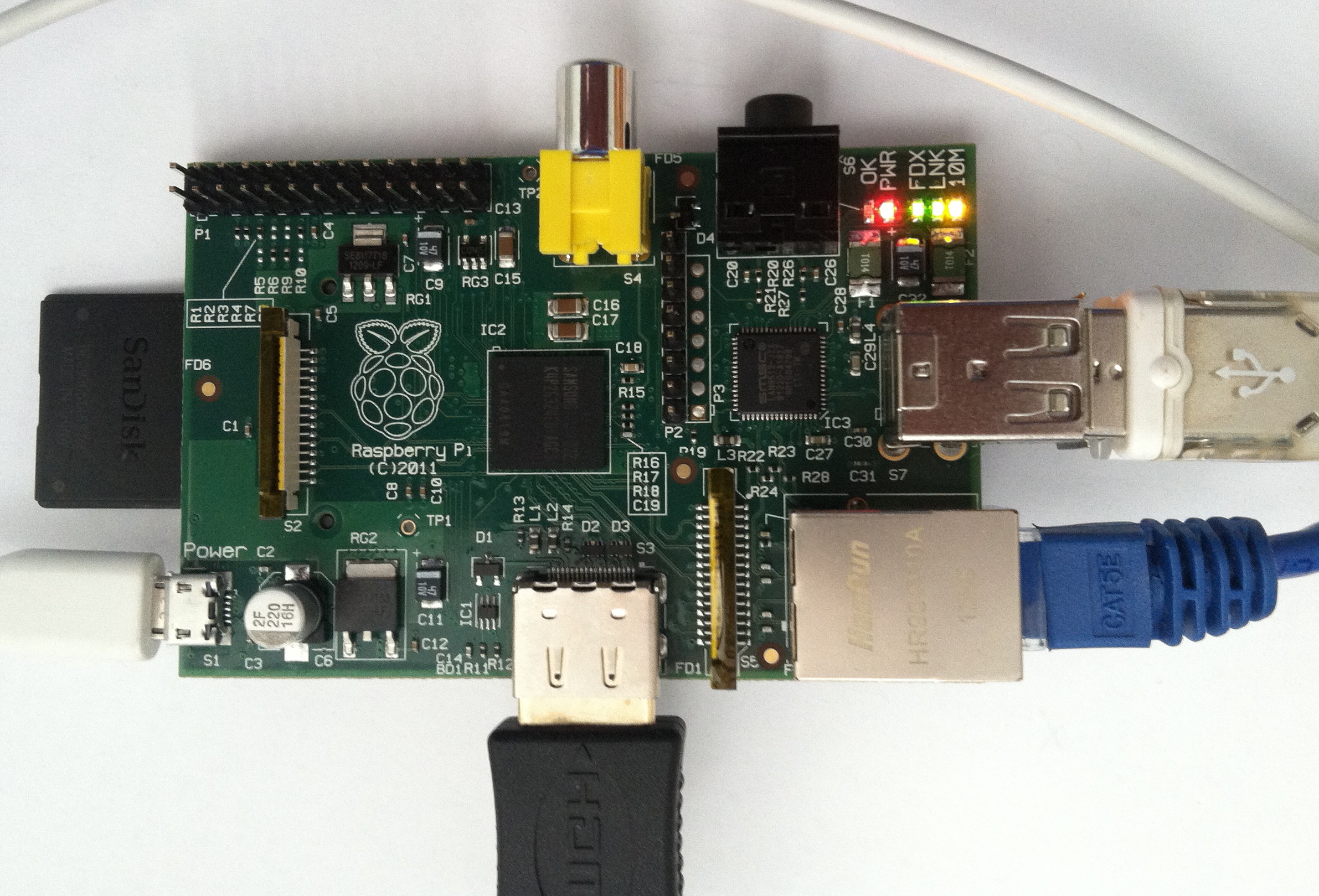
Figure 1: Photo of Touchscreen and Motion ControllerInfusion Systems is raising funds for PiShield: Sensor Interface board for Raspberry Pi on Kickstarter Easily add up to 8x 5V analog sensors and 4x I2C devices to the Raspberry Pi.HF1R0x is Hexabitz Raspberry Pi interface module. Equipped with 192kHz 24-bit Stereo Input and Output driven by the legendary Burr-Brown chips, DIN-5 MIDI Input and Output ports, user-customizable button and bundled software tools, this little Raspberry Pi HAT will. Pisound is an ultra-low latency high-quality sound card and MIDI interface specially designed for Raspberry Pi pocket computers.
Adding to this, the official Raspberry Pi 7” display, and the Galil application program interface, this powerful trio form the foundation for an inexpensive but fully capable HMI that can be customized for any motion control application.The Raspberry Pi computer is eminently suitable for interfacing. With the arrival of the Raspberry Pi Foundation and its Raspberry Pi models, a small but powerful option arrived. There are many sources for HMIs and many can cost thousands of dollars. Many times HMIs are touch enabled allowing them to be placed on the production floor and used by technicians right by the machine. These devices are used to allow a user to instruct a machine on what to do without the need of a full PC. This is the world’s first build-your-own-Pi-Hat system An HMI or Human Machine Interface is needed in many motion control applications.
Raspberry Pi Interface Board Free Software Tools
The online community provides plenty of assistance to get started and allows the user to create interfaces to run on these fast and inexpensive computers. This lowers the bar of entry to something similar to developing a modern mobile phone app. The software acts as the glue to take in the input from the user in the touch interface and the Galil gclib API translates those simple instructions into the commands to send to the machine motion controller and PLCs. There are free software tools that can allow a person to create just about any kind of interface to run on the Raspberry Pi. You can see it connect to a controller, allow the user to control a linear stage, and run the cut to length application. The strength of this new HMI option can be found in the software that can be developed to run on it.


When the user is ready the Home Axis button can be pressed to put the equipment in the right place to begin the cut to length application. Most motion applications can be broken down into the following simple flow diagram.Motion Mechanical System & I/O ⇔ Motion Controller & PLC (Optional) ⇔ HMI In this application a technician enters values into an interface for the material to be processed. A simple program is downloaded to the controller to allow a slider to be used to set the axis position. The Python application displays this to the user. Figure 3 shows the available operations such as turning the motor off, servoing, stopping, manually moving the motor on the stage, or perform a homing operation. The gclib API is used to read the motor position and the state of the axis switches. The “Homing and Setup” screen displays information about the connected controller and allows the user to perform basic operations on the axis.
Raspberry Pi Interface Board Code To The
The Python application downloads the needed code to the controller and requests information from the controller to display to the user. A PLC such as the RIO-47000 series, may be involved to handle the flow of material to and through the machine including loading the bulk material and unloading the cut product.Figure 4: Touchscreen HMI Controlling Linear Stage The “Cut To Length” screen seen in Figure 5 displays the user interface items needed to modify the cut to length application including entering the number of cuts, the desired length, and the begin button to start the process. The motion controller performs the needed motion elements to physically move the motors and cutting tools. Its main job is to handle the overall application and rely on the other systems to report success or failure of their components. The Python application does the job to take in the commands from the technician and relay the information to the motion control system and/or PLC.
All software used in this demonstration is free or open source. The Raspberry Pi with touch screen display used in this demonstration cost around $100. By combining these advancements with Galil Motion Control products, interfaces can be easily made for any motion control application. Advancements in software have provided easy to use tools with free and open source programming languages and frameworks.


 0 kommentar(er)
0 kommentar(er)
